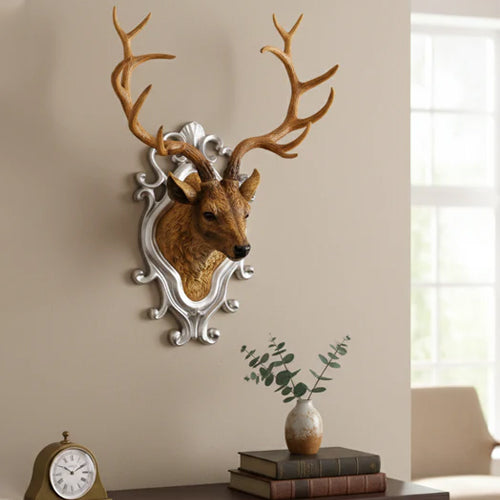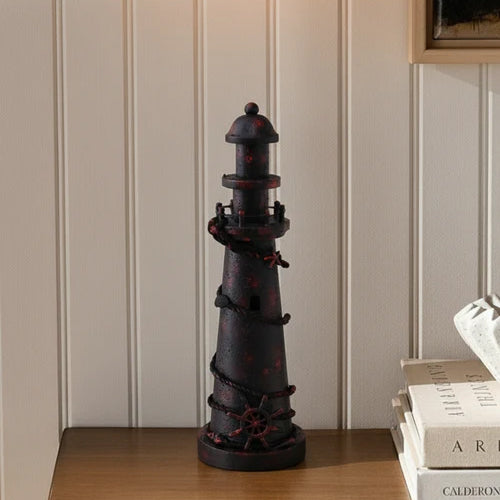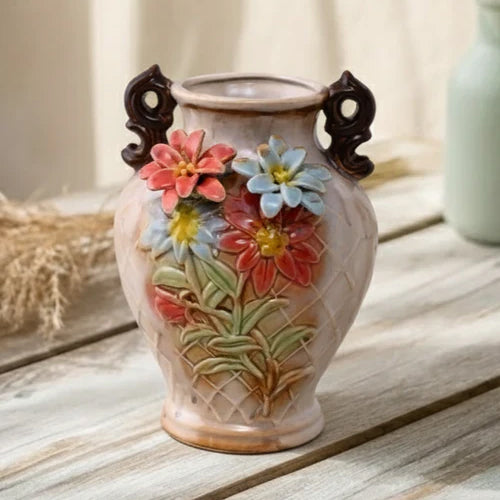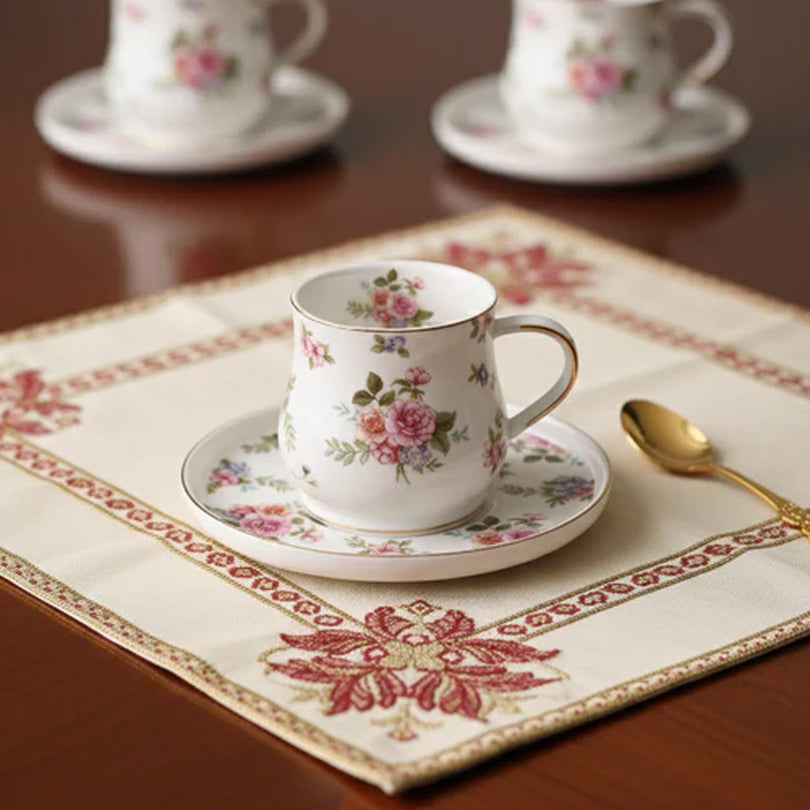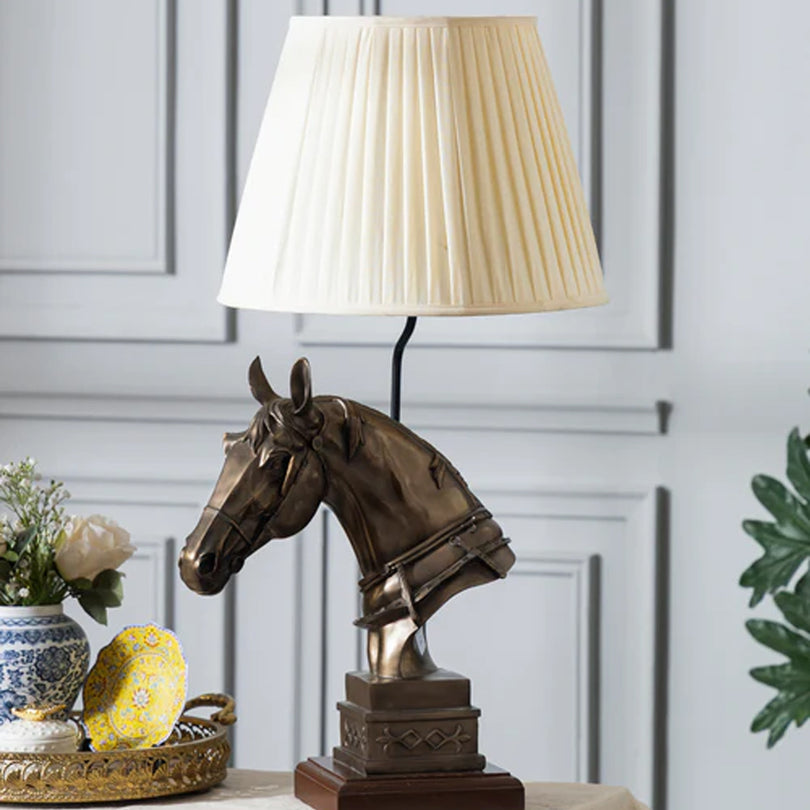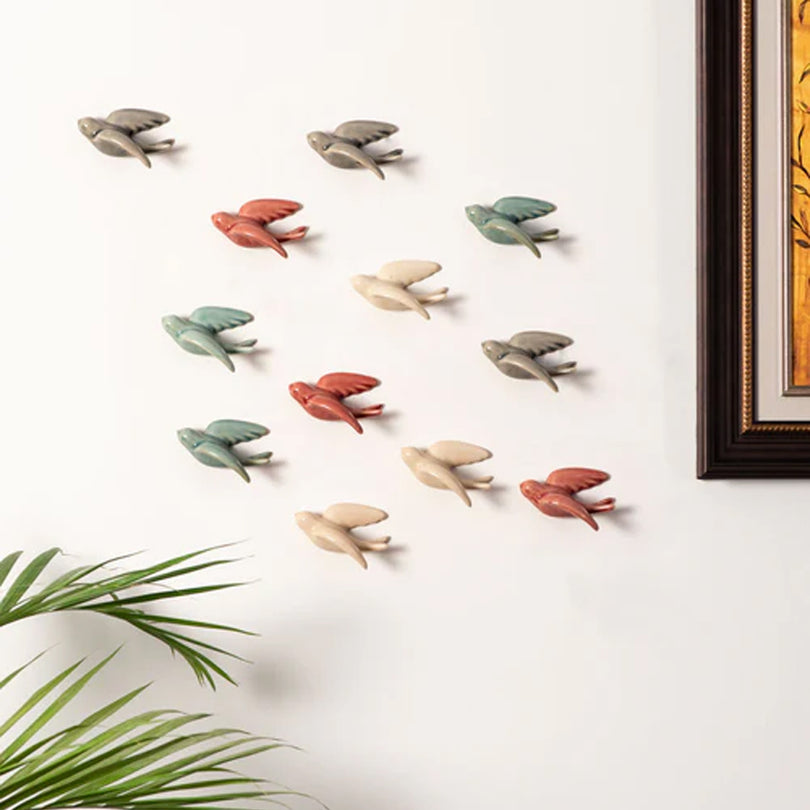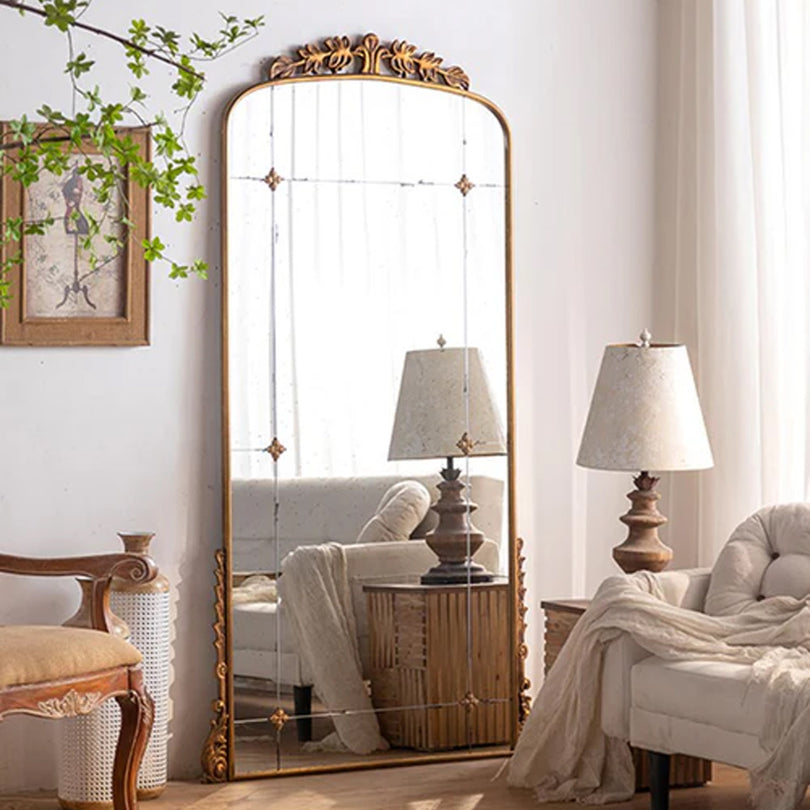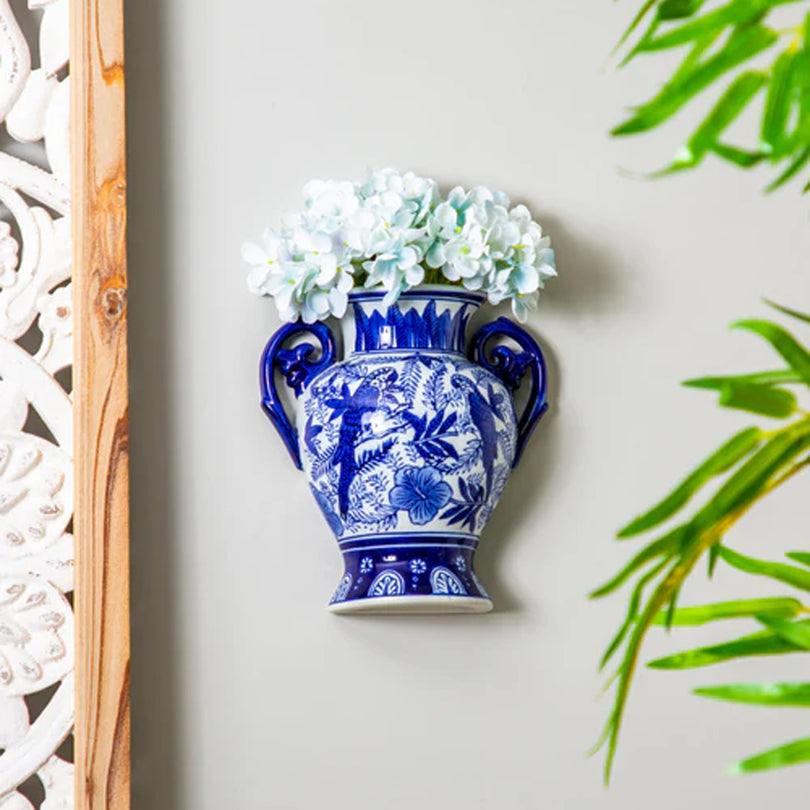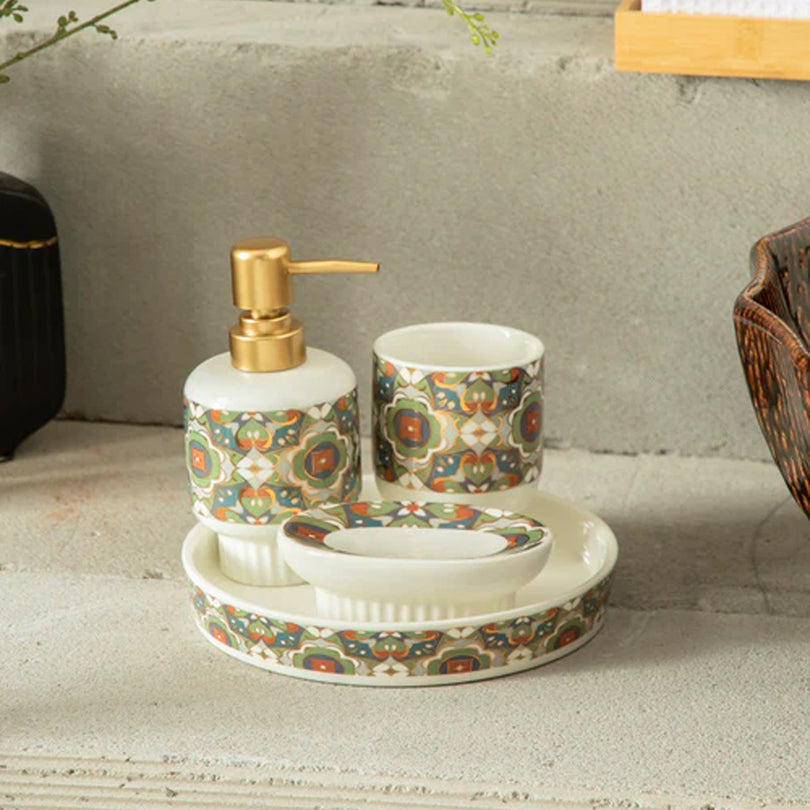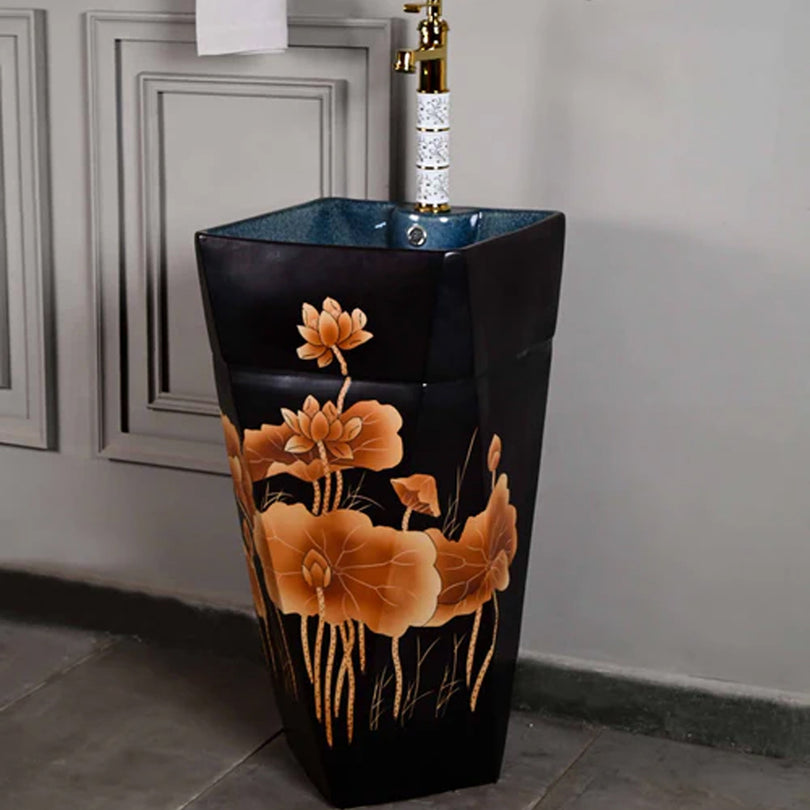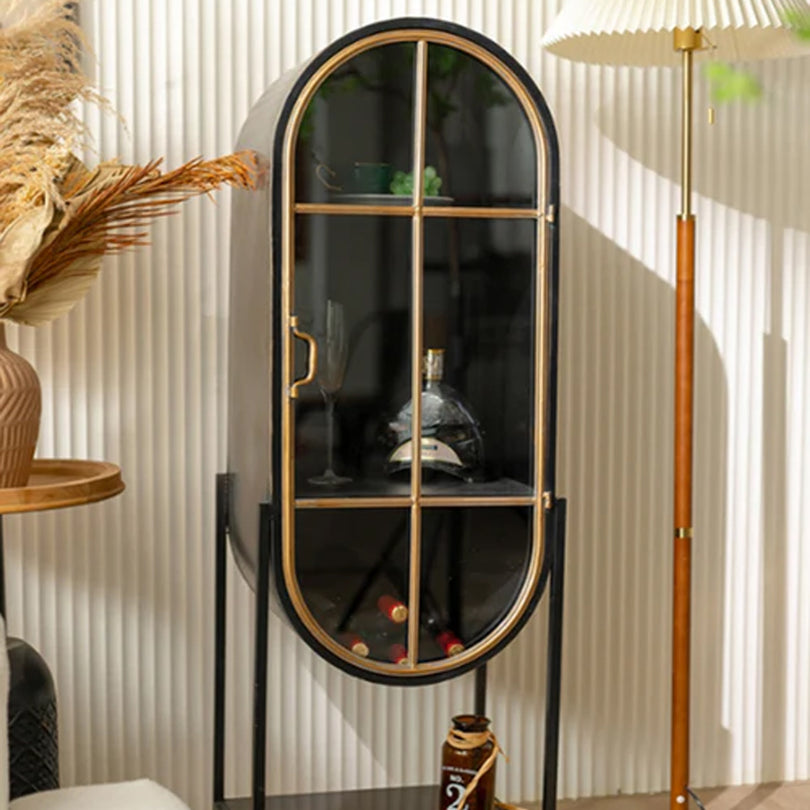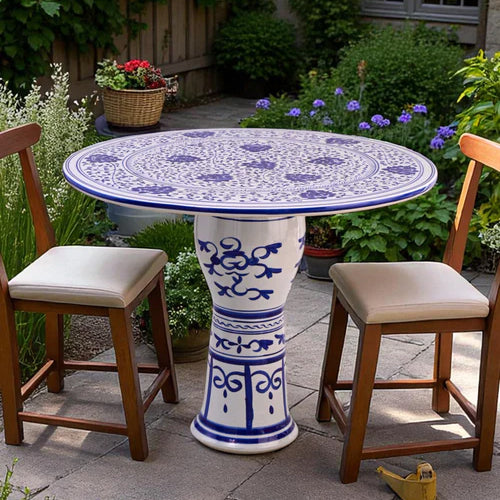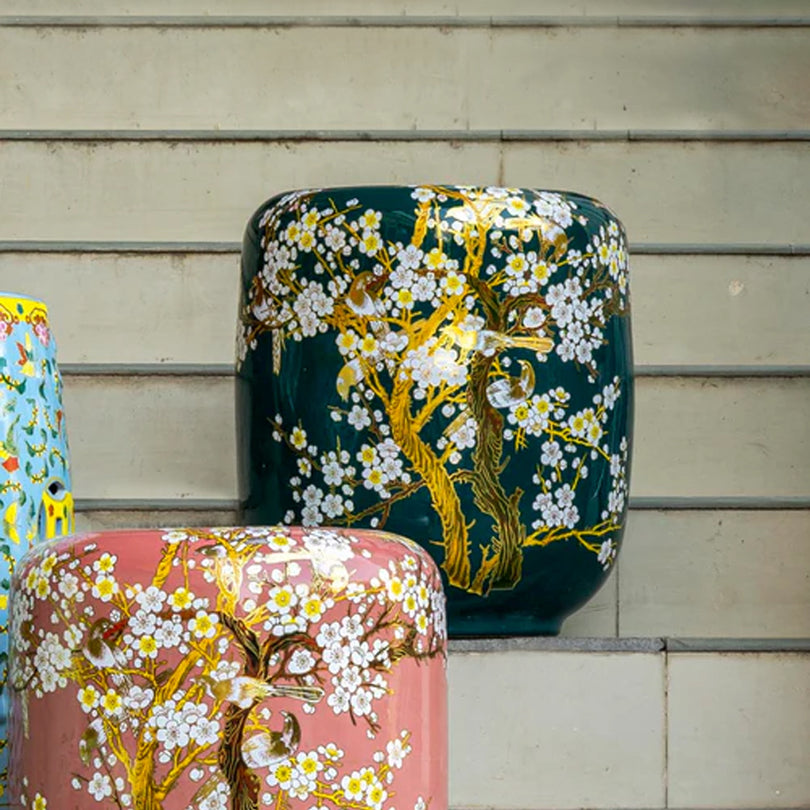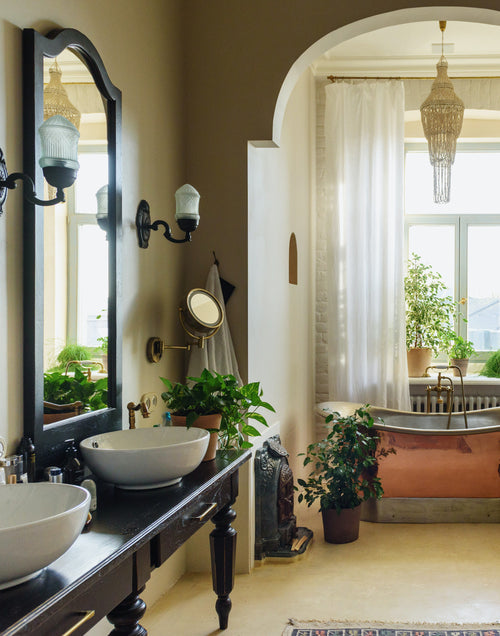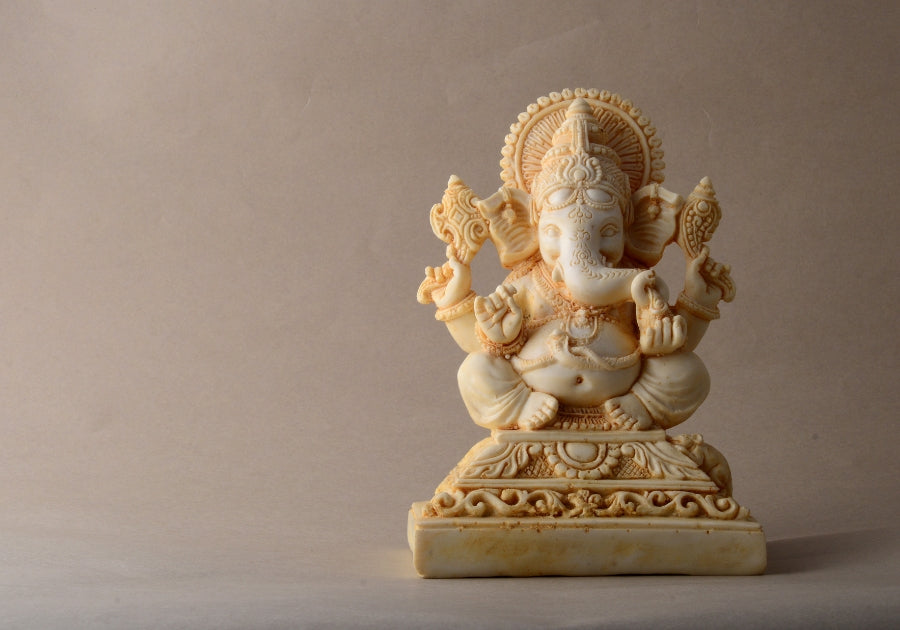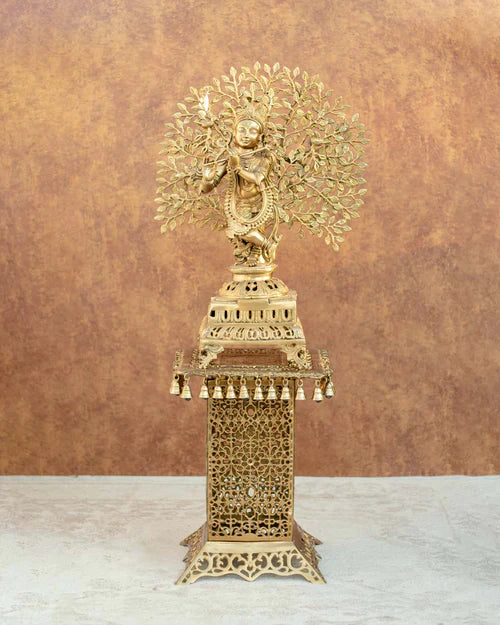Fostering Curiosity and Spirituality in Young Minds
Introducing children to spirituality and religious concepts can be a profound aspect of their upbringing. One subtle yet impactful way to do this is through the incorporation of religious art in their personal spaces. This guide explores how to thoughtfully include religious art in children's rooms and play areas, creating an environment that sparks curiosity and invites dialogue about spirituality.
Choosing Religious Art for Children’s Spaces
When selecting religious art for a child's room, it's important to consider the imagery's appropriateness and the message it conveys. Look for art that is engaging, colourful, and represents the core values of your faith in a way that is accessible to children.
- Age-Appropriate Designs: Opt for art that speaks to the child's imagination and understanding. Simple, vibrant artwork can attract their attention and invite questions.
- Positive Imagery: Choose pieces that portray positive messages and values, such as love, kindness, and protection.
Incorporate playful and inspirational wall art, like angel figurines or illustrated religious stories, to blend spirituality with decor in a manner that resonates with children.
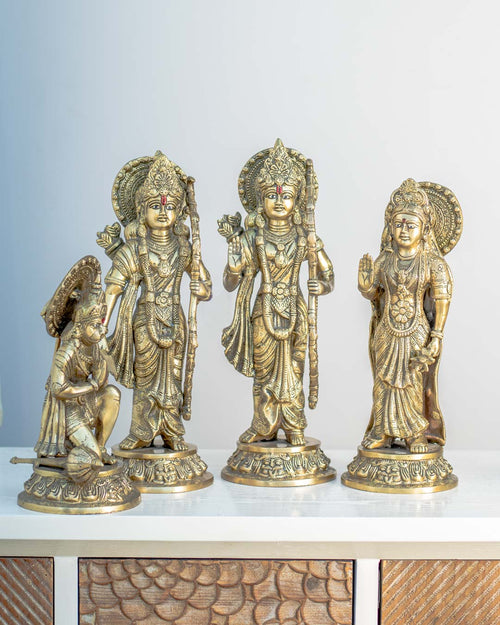
Marvelous 'Ram Darbar' Table Top Sculpture: Each detailed figure contributes to a silent narrative, a storytelling sculpture that embodies an epic tale in gleaming metal.
Strategies for Introducing Religious Art
The introduction of religious art in children's spaces should be more than just decorative; it should be a gateway to understanding and conversation. Here are some strategies to make religious art a meaningful part of your child's environment.
- Interactive Spaces: Create a small corner where children can interact with religious texts or artefacts. A simple shelf with a children’s bible or storybooks about spiritual leaders can be inviting.
- Incorporate Storytelling: Use religious art that tells a story or depicts a moral lesson. Engage your child by sharing these stories, making the connection between the art and the teachings it represents.
Making Spirituality a Part of Everyday Life
Incorporating religious art in children's spaces is about creating an environment where spirituality feels accessible and relevant. Through art, children can see the beauty in religious traditions and feel connected to a larger community of faith.
- Celebrate Festivals with Decor: Use religious festivals as an opportunity to decorate your child’s space with relevant art and symbols. This not only beautifies the space but also educates them about the significance of these occasions.
- Encourage Questions and Dialogue: Let the art in your child's room serve as a starting point for discussions about faith, belief, and morality. Open dialogue supports critical thinking and emotional growth.
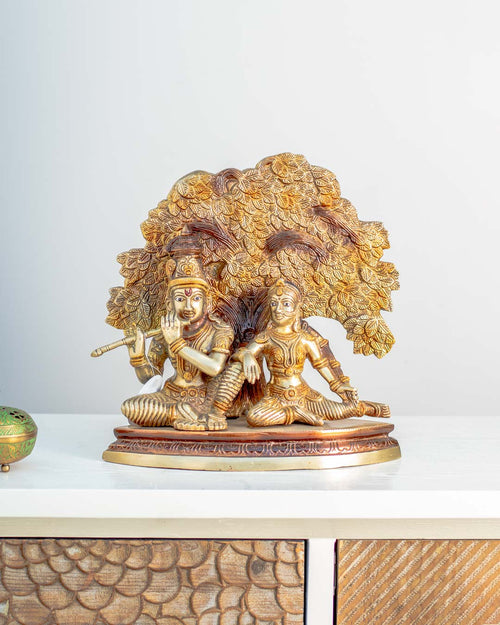
'Symbol of Love' Radha Krishna Sculpture: An ornate portrayal of divine love, this sculpture weaves a story of eternal devotion beneath a canopy of golden leaves.
Conclusion
Incorporating religious art into children’s spaces is a thoughtful approach to introduce them to spirituality. By selecting appropriate art and using it as a tool for education and engagement, parents can nurture a sense of faith and curiosity in their young ones.
Discover our collection of children's decor that includes whimsical and spiritual elements perfect for introducing your child to the beauty of faith through art.


